After unveiling the new Mac Pro and Pro Display XDR onstage at WWDC 2019, Apple provided AppleInsider a closer look at the shiny, ultra-powerful hardware designed to sate the most voracious professional users.
Apple's Mac Pro was unveiled at Monday's WWDC 2019 keynote after initially telling the public that they were working on it more than two years ago. In its latest iteration, that is about the same size of the "cheese-grater" Mac Pro, Apple can cram in up to a 28-core Xeon Processor.
The higher-end configurations can support up to 2TB of RAM, with the 12-core and 16-core "limited" to 1TB. The machine eschews hard drives in favor of up to 4TB of Flash storage, encrypted by the T2 chip.
Apple has also returned to PCI-E, having stayed away from the slot since that older cheese-grater. In total, there are eight PCI-E 3.0 slots in the machine, with two of them set aside for the MPX module.
That MPX module can contain the new AMD Radeon Pro Vega II Duo, containing two Vega GPUs, each with 64 compute units, and a total of 64GB of HBM2 memory. This will deliver up to 28.2 teraflops at single-precision, or 56.4 at half-precision.
The new Onboard Infinity Fabric Link can chain up to two of these cards at up to 84GB per second of data migration. Each card has four Thunderbolt 3 ports to connect the new Apple Pro Display XDR, and one HDMI 2.0 port.
Configurations will start from $5,999. We don't yet know how expensive they will get.
Apple Pro Display XDR
After years of absence, Apple has returned to the display market. The Apple Pro Display XDR is a 6K display, at 6016 x 2284 resolution on a 32-inch screen.
To manage reflected light, the Pro Display XDR has an anti-reflective coating. It also has an optional matte option that the company calls nano-texture, with glass etched at the nanometer level for low reflectivity and less glare. Bezels are 9mm thick.
The display can indefinitely display 1000 nits of brightness, with a peak of up to 1600 nits. And, this is on top of a 1,000,000 to 1 contrast ratio.
Using the MPX modules, a Mac Pro can drive up to six of these displays at one time.
The Pro Stand resembles the iMac G4 display arm in functionality, with the addition of rotation, and is an additional $999 purchase. A VESA adapter is $199. The display does come with a basic stand.
The display itself starts at $4,999. The nano etched version retails for $5,999.
Updated with video.
 AppleInsider Staff
AppleInsider Staff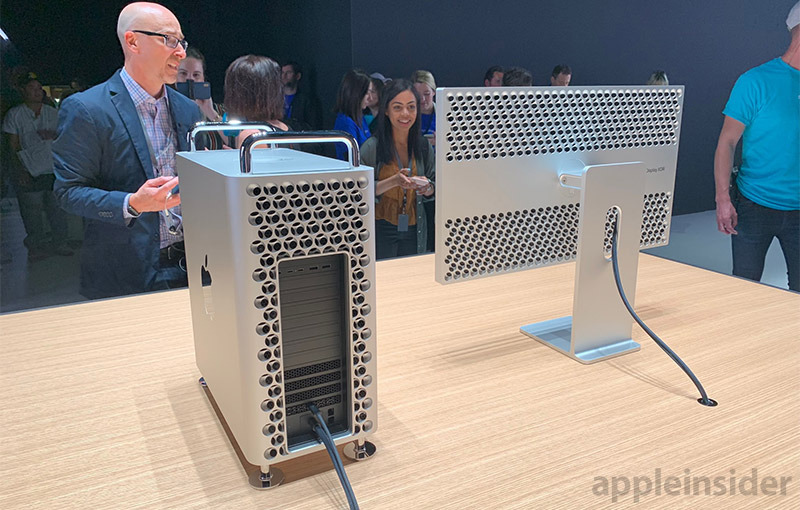
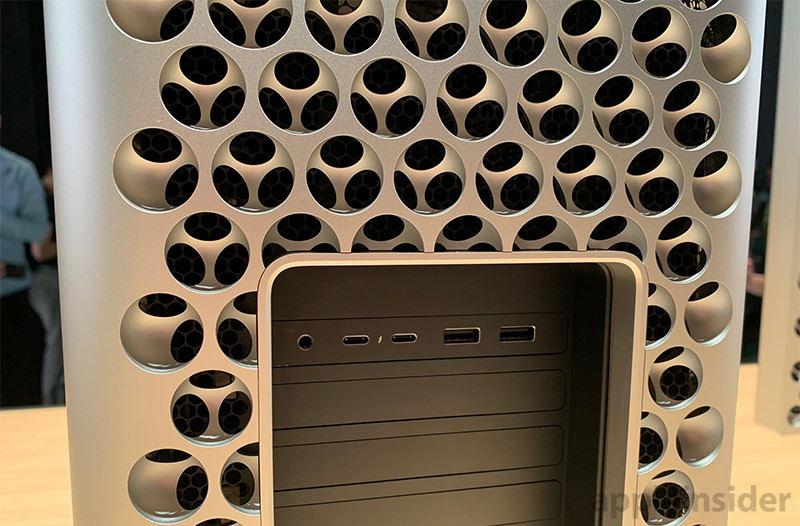
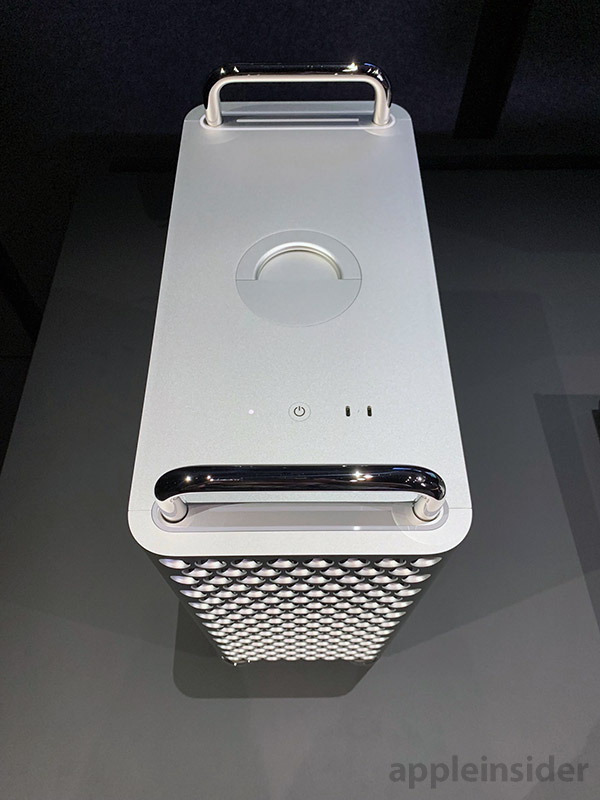
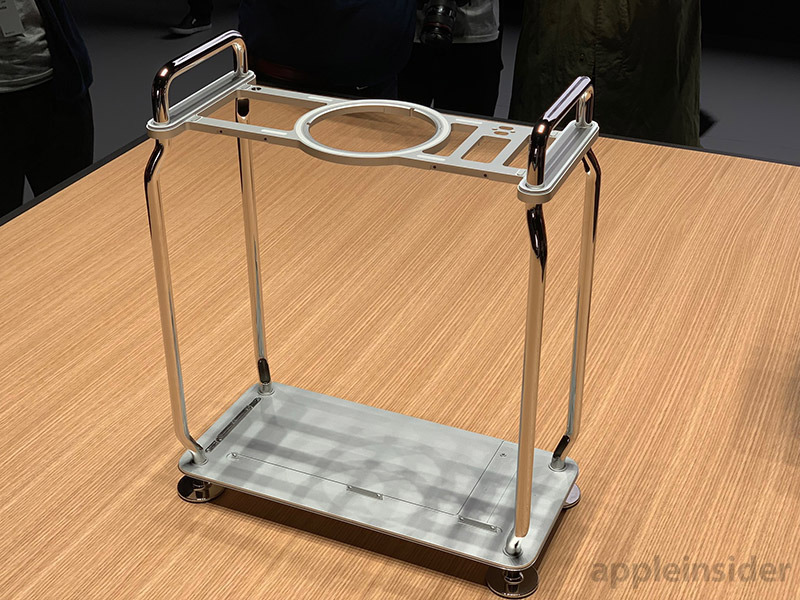
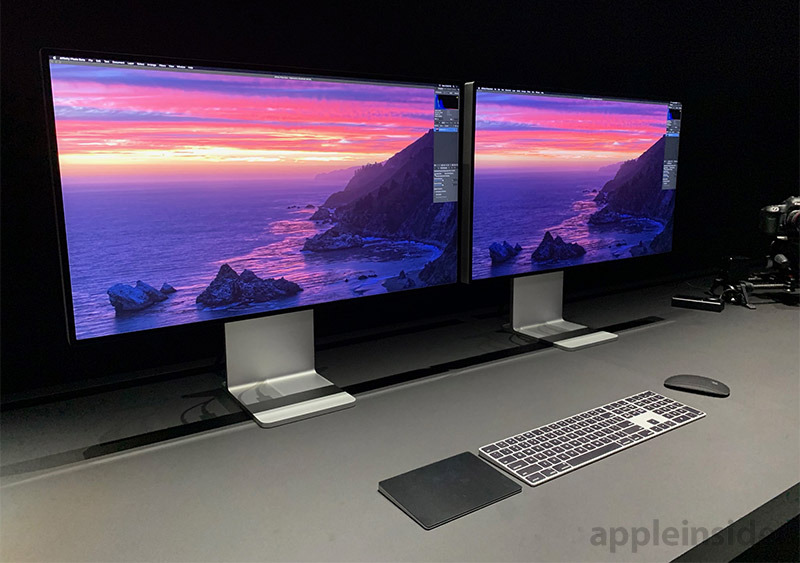
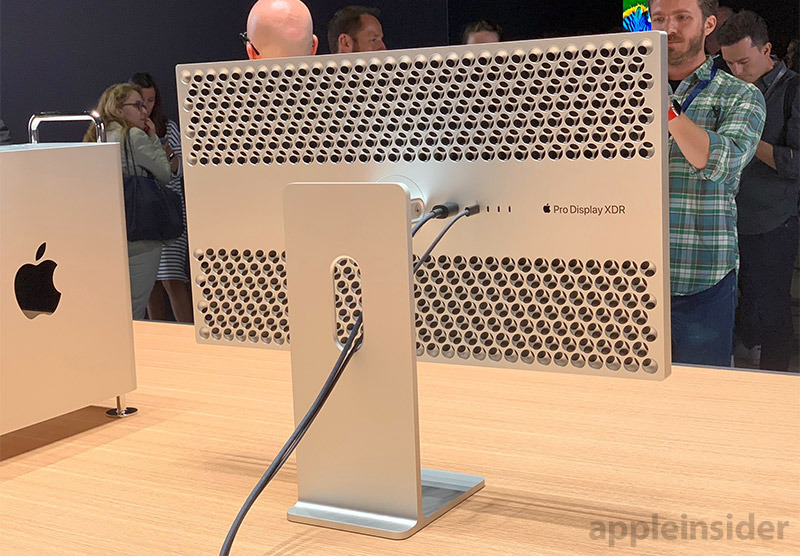







-m.jpg)






 Chip Loder
Chip Loder
 Marko Zivkovic
Marko Zivkovic
 Malcolm Owen
Malcolm Owen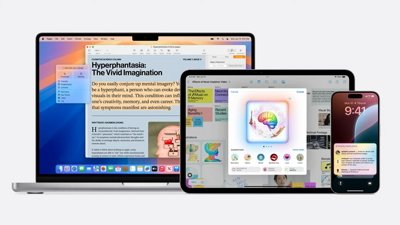

 William Gallagher
William Gallagher
 Christine McKee
Christine McKee
 Andrew O'Hara
Andrew O'Hara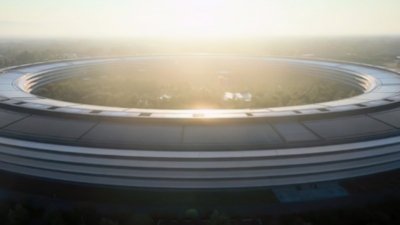
 Andrew Orr
Andrew Orr
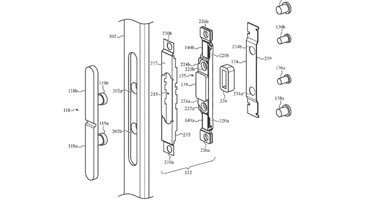


-m.jpg)




134 Comments
...does anyone actually like the industrial design...?
Does even something as simple as the lack of taper on the stand belie both functional need and structural expressiveness, as well as use more of the high embodied energy aluminum than may be needed, given Apple's claim of focus on sustainability...?
I don't HATE the design...although it's so surprising that they went with the "cheese grater" design of the old Mac Pro tower system. I assume this was their only way to allow for proper cooling without the ridiculous fan noise of PC workstations.
What left me annoyed, even as a casual user who would never buy one of these, was the 256 GB SSD included as standard storage in the base model. I'm sorry...but if I am spending $6000 for an Apple workstation, designed for pro level work, anything less than 512 GB standard is just a slap in the face. It's an immediate required upgrade for anyone who would spend the money for one of these. And for Apple to not just suck up the extra $200 they would lose on that upgrade is highway robbery.
The new modular Mac Pro is going to ruffle a lot of feathers for a variety of reasons. Apple being stingy about base storage on a $6000 computer is what annoyed me.
...and at $200 is the vesa adapter both questionable in need (vs four threaded holes) and more than the cost of many stands and arms ? There are four high capacity Ergotron arms in this studio and they were all less than $200 US and came with multiple adapter plates, albeit one must turn (undo) four knurled knobs to detach... Would magnetic attachment be better as a BTO option or kit vs all in ?